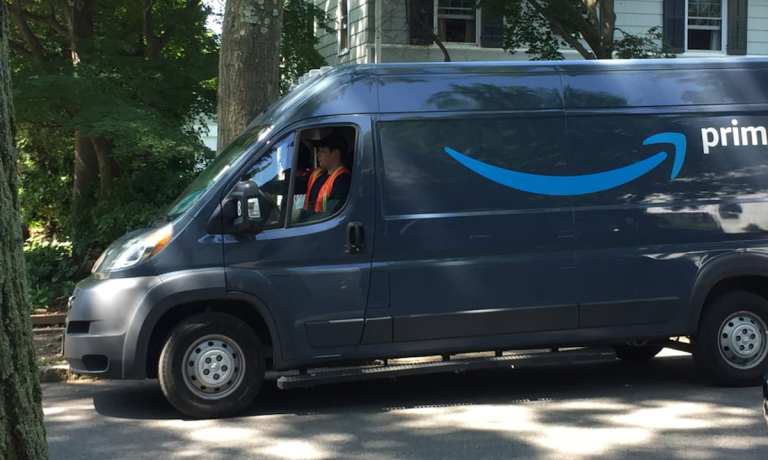The last mile’s always there, always a challenge, always urgent – and never more so than when eCommerce explodes.
The prime mover advantage, of course, goes to the “King Kong” of eCommerce, which would be Amazon. You’ve likely experienced the compressed delivery times Amazon has been able to offer – what used to be two days’ delivery is now one – and in some cases, you can get what you want in a matter of hours.
A slew of other companies, across a slew of other verticals, have been pushing through their own innovative last-mile efforts to satisfy customers’ expectations, honed by the “Amazon effect,” that they can get what we want, pretty much when they want.
Amazon, of course, has not in any way been resting on logistics laurels. The firm has been extending its fulfillment footprint by leaps and bounds. As detailed by CFO Brian Olsavsky on its earnings call, the firm has increased its capacity by 50 percent through Amazon Logistics.
Logistics, he said, has been “a large area of investment – not only fulfillment centers, but also two elements of transportation, what we call the middle mile, where we’re putting sort centers, Amazon Air, line haul, trailers … think of all the intermediate movements between our warehouses and our final delivery stations.” The last mile includes the delivery service network, where “we see … the ability to control the whole flow of products from the warehouse to the end customer.” A majority of units, the company has said, are flowing through Amazon Logistics.
Groceries And Retail, By Air
Advertisement: Scroll to Continue
In the bid to modernize, streamline and speed delivery, we’re seeing efforts by other large, mainstream retailers to use high tech to gain an edge in reaching the customer at the doorstep across novel means.
As has been announced this month, Kroger and Drone Express have entered a pilot program to offer grocery delivery by drone in the Midwestern U.S. In terms of mechanics, package delivery is made to the location of a customer’s smartphone, not simply a street address, in some cases within a quarter of an hour. The company is providing bundled offerings such as baby care, or a “s’mores” bundle (with the ingredients for that particular snack). Walmart has had its own drone program in place, as reported in this space earlier in the year.
None of this is to say that more traditional players have been sitting still. FedEx late last year bought ShopRunner, an eCommerce platform, to shore up its eCommerce presence. That platform, the firms said upon news of the deal, connects millions of consumers to more than 100 brands with free two-day shipping and free returns.
(And, of course, delivery aggregators are still cementing their own presence with restaurants and other merchants.)
It would make sense that smaller enterprises would want to gain the scale and efficiencies that their larger brethren enjoy. And in another example, Shopify’s management said on the conference call with analysts that demand for its own fulfillment efforts has been strong. Shopify Shipping, according to management, said that its volume in the first quarter was roughly the same as the fourth quarter. The fulfillment network, the company has said, is geared toward firms that sell in the U.S. and have fewer than 200 SKUs. Those fulfillment centers pick, pack and ship products on behalf of the smaller merchants.
As the digital shift continues, it seems, there are many paths toward transforming the last mile.
Read More On Delivery:

